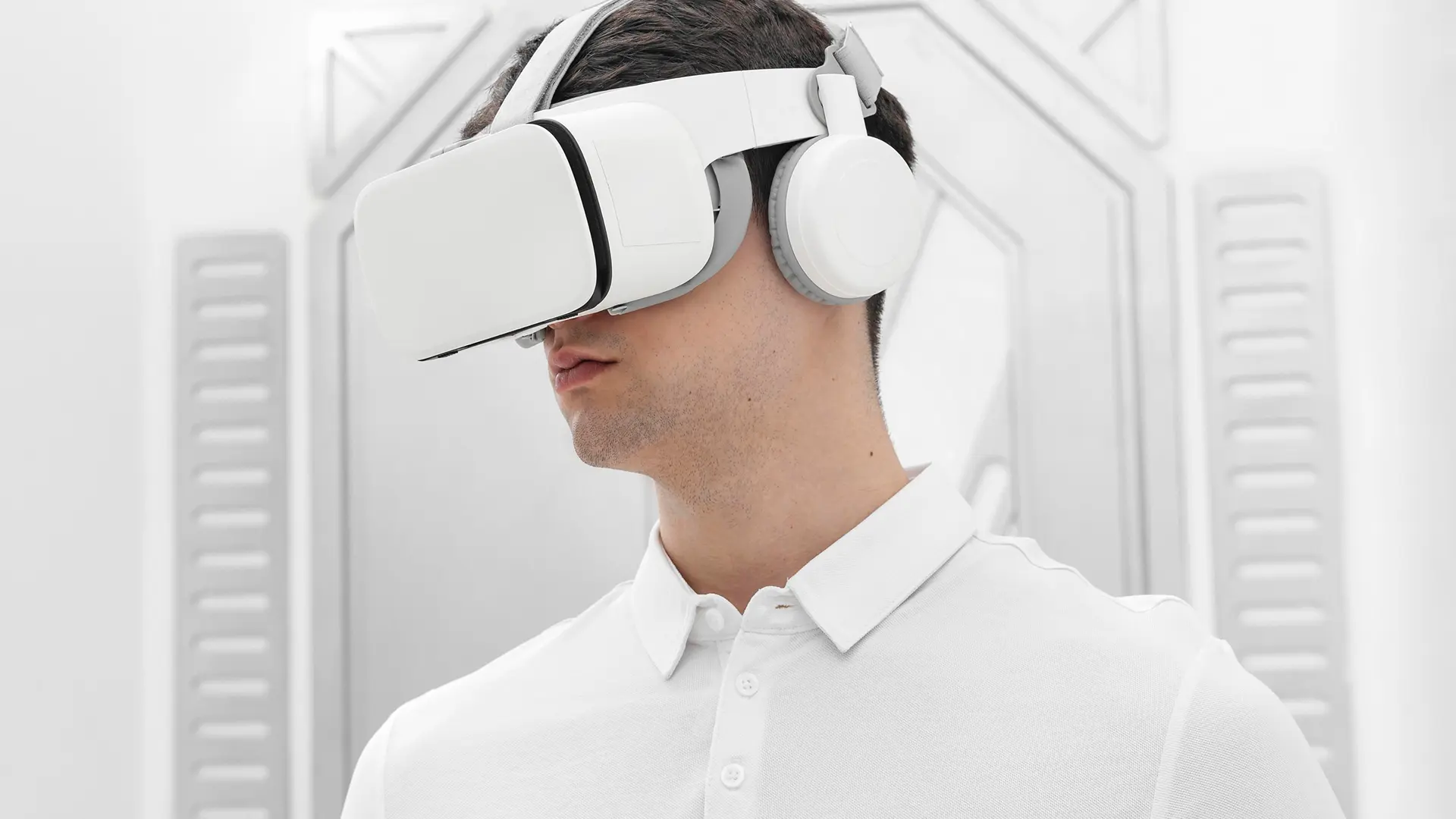
The way we interact with the web is evolving rapidly. Traditional screens and interfaces are no longer the only mediums for digital experiences. Augmented reality (AR) and virtual reality (VR) are reshaping how users explore content, interact with products, and engage with brands online. In 2025, web developers and designers are starting to integrate these immersive technologies into everyday web experiences, creating entirely new possibilities.
Why AR/VR matters for the web
AR and VR aren’t just flashy tech trends — they solve real challenges and enhance engagement:
- Enhanced interactivity: Users can interact with products, spaces, or data in 3D, creating a deeper connection.
- Improved decision-making: Virtual try-ons, interactive demos, and simulations help customers make informed choices.
- Memorable experiences: Immersive web interactions leave a lasting impression, increasing brand recall.
Unlike traditional apps, AR/VR experiences on the web don’t require downloads or installation, lowering friction for users and increasing accessibility.
Current applications of AR/VR in web experiences
- E-commerce and retail
Shoppers can visualize furniture in their rooms, try on clothes virtually, or preview products in 3D directly on a website. - Education and training
Interactive AR/VR modules make online learning more engaging, allowing students to explore anatomy, historical sites, or machinery in 3D. - Real estate and architecture
Virtual tours of properties or immersive architectural visualizations let users explore spaces without visiting physically. - Marketing and brand experiences
Immersive campaigns using AR filters, 3D storytelling, or interactive demos increase user engagement and social sharing.
Technologies enabling web-based AR/VR
- WebXR API: Allows AR and VR experiences to run directly in modern browsers.
- Three.js & Babylon.js: JavaScript libraries for creating 3D graphics and immersive experiences.
- AR.js & A-Frame: Frameworks that simplify AR and VR content development for the web.
- Cloud-based rendering: Platforms that offload heavy graphics processing to the cloud, making experiences accessible on standard devices.
Challenges and considerations
While the potential is huge, developers need to address several challenges:
- Performance optimization: 3D content can be heavy; careful compression and efficient coding are critical.
- Device compatibility: Experiences should work across desktops, mobiles, and AR/VR headsets.
- Accessibility: Ensure content is usable for all users, including those with disabilities.
- User experience design: Avoid overwhelming users; interactions must be intuitive and enjoyable.
The future of AR/VR on the web
In the coming years, AR/VR will move from novelty to mainstream web features. Some trends to watch:
- Social AR experiences: Collaborative AR spaces for meetings, gaming, or social events.
- AI-powered AR/VR personalization: Experiences adapting dynamically to user preferences.
- Seamless integration with e-commerce and content platforms: Allowing users to explore products or media in immersive ways directly from websites.
- Mixed reality (MR) experiences: Combining physical and virtual elements for hybrid interactions.
The future of web experiences is immersive. AR and VR open new ways for users to interact, learn, and shop online. Developers who explore these technologies early will have a competitive advantage, delivering more engaging, memorable, and innovative digital experiences.
By embracing AR/VR, websites are no longer just pages — they become interactive worlds.

